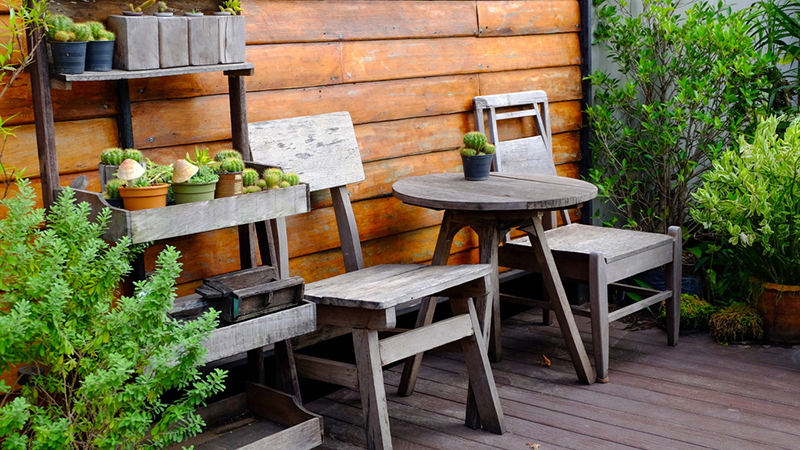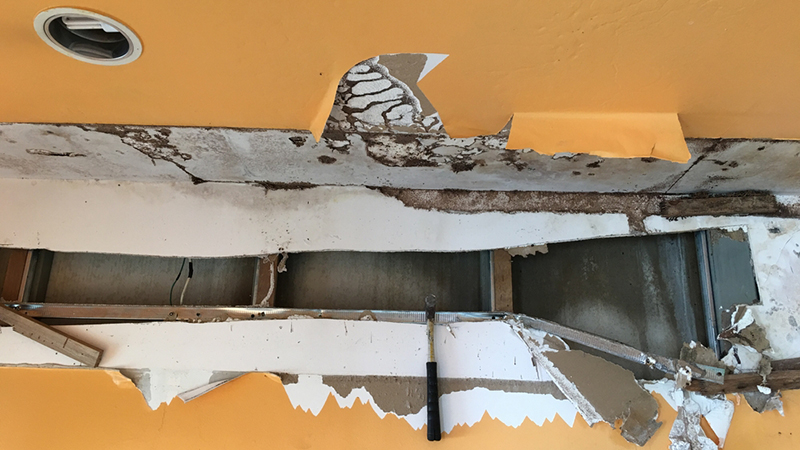The amount of damage done by termites infestation is shocking. These tiny but strong creatures feed on wood – the warm weather here doesn’t help, as it makes them work even faster. Plus, they can cause health and safety issues around the house, from allergies to collapsed ceilings and patios. If you think you have termites in the house or condo, don’t try to deal with it on your own – get the help of pest control experts. Here, the team from Rentokil tells us more about these insects, signs of infestation and termite treatment.
Types of termites in Singapore
There are three main types of termites commonly found here:
- Subterranean termites live in soil and depend on its moisture. From there, they climb up structures to find wood (particularly damp wood) to feed on. But this doesn’t mean that higher floors are spared: the creatures are very mobile and can travel upwards through mud tubes from the soil.
- Drywood termites don’t need soil and its moisture to survive and are found above ground. They go straight for wooden structures, from floors to furniture. They typically create nests within the wood they target.
- Dampwood termites are usually found in gardens and feed on the damp and decaying wood of dead trees and stumps. Since they require contact with water and high humidity to survive, they’re rarely found indoors.

Health and safety problems
As termites chew and gnaw on wood, structures become damaged and weakened – including essential home components such as wall panels, door frames, flooring and ceilings. This is dangerous, as these structures can become unstable over time and collapse without warning. Termites in the house can also damage electrical wiring and conduits, increasing risks of fires.
The tiny insects can also cause health issues. As termites infestations work their way through wood, they leave piles of frass (termite droppings that look like sawdust) that can trigger allergic reactions. They can also get in contact with mould or mildew, causing spores to be released within the home. Breathing these in can cause reactions such as headaches, a runny nose and itchy eyes.
Signs of a termites infestation
- Structures that sound hollow because termites have fed on the wood inside them.
- Wood flooring that protrudes or appears sunken.
- Cracks in floors, walls and other structures round the house.
- Mud tubes on walls.
- Rattling noises made by termites when they bang their heads when they’re disturbed.
- Discarded wings of flying termites (they lose their wings after finding a mate, and from there they find a nesting spot and start a new colony).
- Doors and windows that are hard to open because termites have caused the frames to go out of shape.
Though looking out for these signs can help, they often emerge once the damage has already been done. To catch them earlier, it’s best to call in pest control experts who use special devices to detect termites earlier and more accurately.
What should I do if I spot termites in the house?
Termites don’t just go away on their own – as long as there are wood sources around, they can stay for years. So, don’t ignore the signs, and be sure to find ways to exterminate them. Also, take note of items they might have damaged to prevent any potential accidents.
There are various known DIY methods for termites in the house, including insecticides. Yet these are often ineffective as most homeowners aren’t equipped to apply them adequately; this can result in little or no improvement, and can potentially cause harm to those in the home from the chemicals present.
Without proper termite treatment, they can move to other locations in your home or outdoor areas, so it’s important to get experts on the job once you notice them.
Preventative methods
- Inspect your home for leaks from pipes, drains, gutters and even air-conditioners and faucets. Get them fixed quickly as moisture attracts termites.
- Regularly remove decaying tree stumps or logs from your garden.
- Seal gaps and other openings in your home to prevent mud tubes from reaching wooden structures in your home. Termites have the ability to enter the tiniest cracks.
- Double check that your wood furniture has been treated.
- Keep areas of your home that tend to contain moisture well-ventilated, such as basements and kitchens.

What else can I do for termite treatment?
Rentokil offers a termite protection plan using Altriset. Environmentally-friendly and with low toxicity to non-target insects, Altriset is a type of termiticide that stops further termite damage within one to four hours and gets rid of them in less than three months. Particularly suitable for subterranean termites, the termiticide causes muscle paralysis in termites and stops them from feeding. The liquid also attaches itself to their bodies – affected termites then carry the poison to other termites that they come across, reducing the population.
This protection plan has been given the highest Green Mark Leader award by the Building and Construction Authority (BCA). It’s suitable for those living in landed homes or condos and for those with termite reinfestation issues, and comes with a seven-year warranty.
How is the termite treatment done?
A pest surveyor conducts a site survey and risk assessment to evaluate the severity of the infestation. Before the treatment begins, entry points are created in the flooring of the building and along the perimeter of the house to form a barrier. The termiticide is then applied.
Written in collaboration with:
Rentokil
6347 8138 | rentokil.com.sg
Read more about living in Singapore:
How to prevent and deal with creepy-crawlies in your home
Need help getting rid of mozzies?





